Survey: Homeowners share what they believe is the best way to kill crabgrass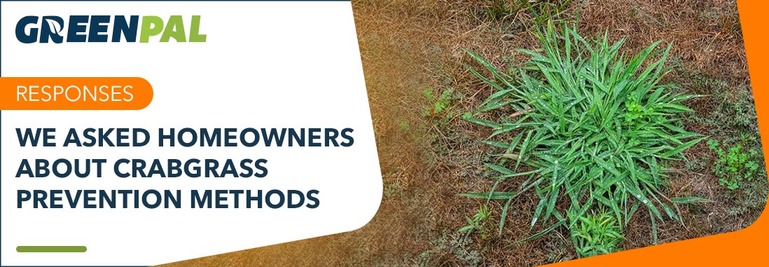
Homeowners dread patches of crabgrass. They work and toil only for crabgrass to stick out like a sore thumb on their beautiful lawn. It is a tough weed that can establish quickly and survive in various conditions.
We asked 272 homeowners what they think is the best way to keep crabgrass off their lawns. Of course, several noted that they use various approaches to keep crabgrass at bay. But, based on what they believe is most effective, we could see homeowners' thoughts on crabgrass prevention.
Key Insights
# Most homeowners, 137 respondents (50.37%), said that maintaining a healthy lawn, either by themselves or by hiring a pro, is the most effective way to prevent crabgrass. |
# Nearly 7% of homeowners say picking crabgrass by hand is the most effective prevention. |
# 81 respondents rely on pre-emergent herbicides to keep crabgrass at bay. |

Summary of Responses
Maintaining a Healthy Lawn / Hiring a Professional - 137 responses (50.37%)
Pre-Emergent Herbicide - 81 (29.78%)
Post-Emergent Herbicide - 27 (9.93%)
Picking by Hand - 19 (6.99%)
Organic Products - 8 (2.94%)
What is Crabgrass?
Crabgrass is a warm-season annual in the genus Digitaria. It germinates well into late spring when temperatures rise. It grows and flowers in the summer but is killed off by the first frost of autumn, with a single plant capable of producing as many as 150,000 seeds and each seed able to germinate and thrive for several years.
Types of Crabgrass
There are two closely related species of crabgrass in the United States: smooth or small Crabgrass (Digitaria ischaemum) and hairy or large Crabgrass (Digitaria sanguinalis).
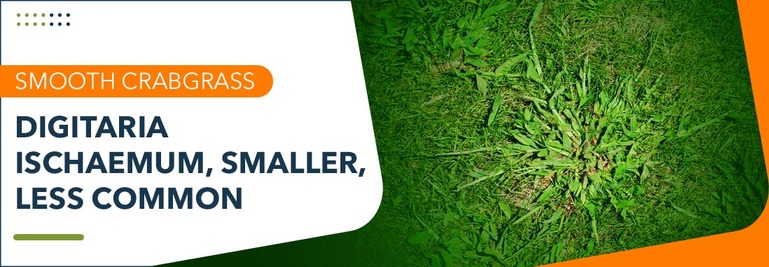
More Americans are most likely familiar with large crabgrass. Smooth crabgrass appears throughout the nation, but it is less common.Smooth crabgrass can grow up to around 2 feet tall, while large crabgrass might grow to 4 feet. As you can imagine, large crabgrass (remember, it is also called hairy) has peach fuzz-like hairs that grow all over it.
Smooth crabgrass may have a little hair near the base of the leaf, but If you see hairs all over it, you're dealing with a large crabgrass species.
Both species are opportunistic and can be recognized by their tendency to creep, spread, and clump in the lawn. Smooth crabgrass is more common in compacted soils, while hairy crabgrass likes soil that is a bit looser and richer.
Smooth and hairy crabgrass are the predominant species in home lawns, but there are others. In many states, for instance, you might find other species like blanket crabgrass and southern crabgrass.
Crabgrass has wide, flat leaf blades that grow and spread out from the center of the plant in a radial pattern. Its shoots grow out of the center. It grows faster than the surrounding turfgrass, so the clumps will be quite visible. You can usually spot it a few days after mowing.
Plus, depending on the type and health of your lawn, the crabgrass may be a lighter shade than your surrounding lawn.
Why is Crabgrass Bad for Your Lawn?
The problem with crabgrass is that it competes for sunlight, water, and nutrients with turfgrass — which can weaken your overall lawn health. Its growth habits are also more welcoming to pests who can more easily hide in the space crabgrass provides. Perhaps most maddening, crabgrass wreaks havoc with your lawn's appearance, creating a mottled, messy look.
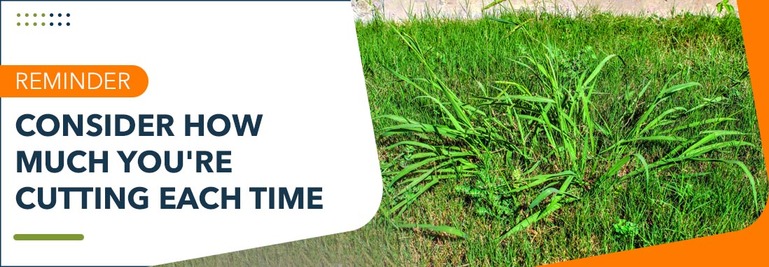
How to Kill Crabgrass in Your Lawn
While there are preventive measures to keep crabgrass at bay, the best way is to maintain a healthy lawn.Keep your lawn mowed to the proper height. Of course, the ultimate height will vary between grass varieties and the time of year. A general rule of thumb is to keep the grass about three inches tall.
Many professionals consider it best practice never to cut more than the top third of the grass blade. It's not a hard and fast rule. It's impossible to follow 100 percent of the time, but it's a good rule of thumb. You should keep in mind how much you are cutting at once. Generally, if you cut the lawn every week at the same setting, your lawn will be in good shape.
Your soil type will determine how often you should water. Too much water encourages fungal growth, so be mindful. Clay soils must be watered weekly, while sandy soils should be watered daily.
When it starts to cool down in the fall, overseed with cool-season grasses to fill in thin spots and thicken up the turf so that it will crowd out the crabgrass and other weeds. Spread a nitrogen-heavy fertilizer in the fall and in the spring.
Keeping Crabgrass Out With Chemical Treatments
Pre-emergent herbicides can help stop crabgrass seeds from germinating. Apply pre-emergent herbicides while soil temperatures are below about 50 degrees Fahrenheit in the early spring; common active ingredients include prodiamine, dithiopyr, and pendimethalin.
For crabgrass that is already up, use a post-emergent herbicide. Use herbicides labeled for crabgrass control. Apply post-emergent herbicides when crabgrass is small and actively growing.

Should You Pull Crabgrass?
While hand-pulling is a good solution for very small infestations, overall, it's a labor-intensive method that's unrealistic for bigger spaces. Make sure to pull weeds before they go to seed so that new plants don't pop up. Remove the entire plant. Get the roots, too. Crabgrass is a persistent weed, so you’ll want to get rid of it all.
Natural Remedies for Crabgrass
For those who forego chemical herbicides, here are some natural antidotes for crabgrass:
Corn gluten meal is a natural pre-emergent herbicide that prevents crabgrass seeds from germinating, but it is ineffective as a post-emergent herbicide.
Apply organic mulch to garden beds so crabgrass seeds never reach the soil. Using mulch will help seal in moisture and help suppress weeds.
Spray Crabgrass directly with a solution of water and vinegar. This option works better on young, small plants and might necessitate several uses.
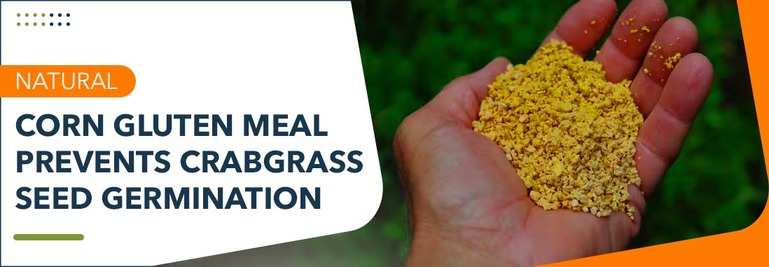
The important thing is to check your lawn for crabgrass and other unwanted weeds regularly and adjust your lawn care practices accordingly.
Quick Summary
Aspect | Details |
Survey Insights | Majority (50.37%) believe maintaining a healthy lawn is the best way to prevent crabgrass. 29.78% rely on pre-emergent herbicides, while 9.93% use post-emergent herbicides. 6.99% pick crabgrass by hand, and 2.94% prefer organic products. |
What is Crabgrass? | Warm-season annual weed, produces up to 150,000 seeds, thrives in late spring and summer, dies with the first autumn frost. |
Why is Crabgrass Bad? | Competes with turfgrass for sunlight, water, and nutrients; creates an unsightly appearance; can attract pests. |
Prevention and Treatment | Maintain healthy lawn practices: proper mowing, watering, overseeding, and fertilizing. Use pre-emergent herbicides in early spring and post-emergent herbicides on small, actively growing crabgrass. |
Natural Remedies | Corn gluten meal as pre-emergent, organic mulch to prevent seed germination, and water-vinegar solution for young plants. |
Conclusion | Effective crabgrass prevention involves good lawn care practices and timely herbicide application, with natural remedies available for those avoiding chemicals. |
Crabgrass is a pervasive, opportunistic weed plaguing many yards in the United States. There are two closely related species of crabgrass in the United States: smooth or small crabgrass and hairy or large crabgrass that are often the most seen species.
Good lawn care can help prevent crabgrass from developing and spreading.If you pay attention and take the initiative, you can have a beautiful lawn free of weeds like crabgrass.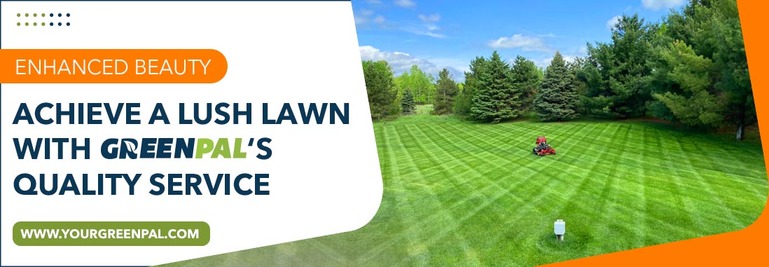



 Share
Share









